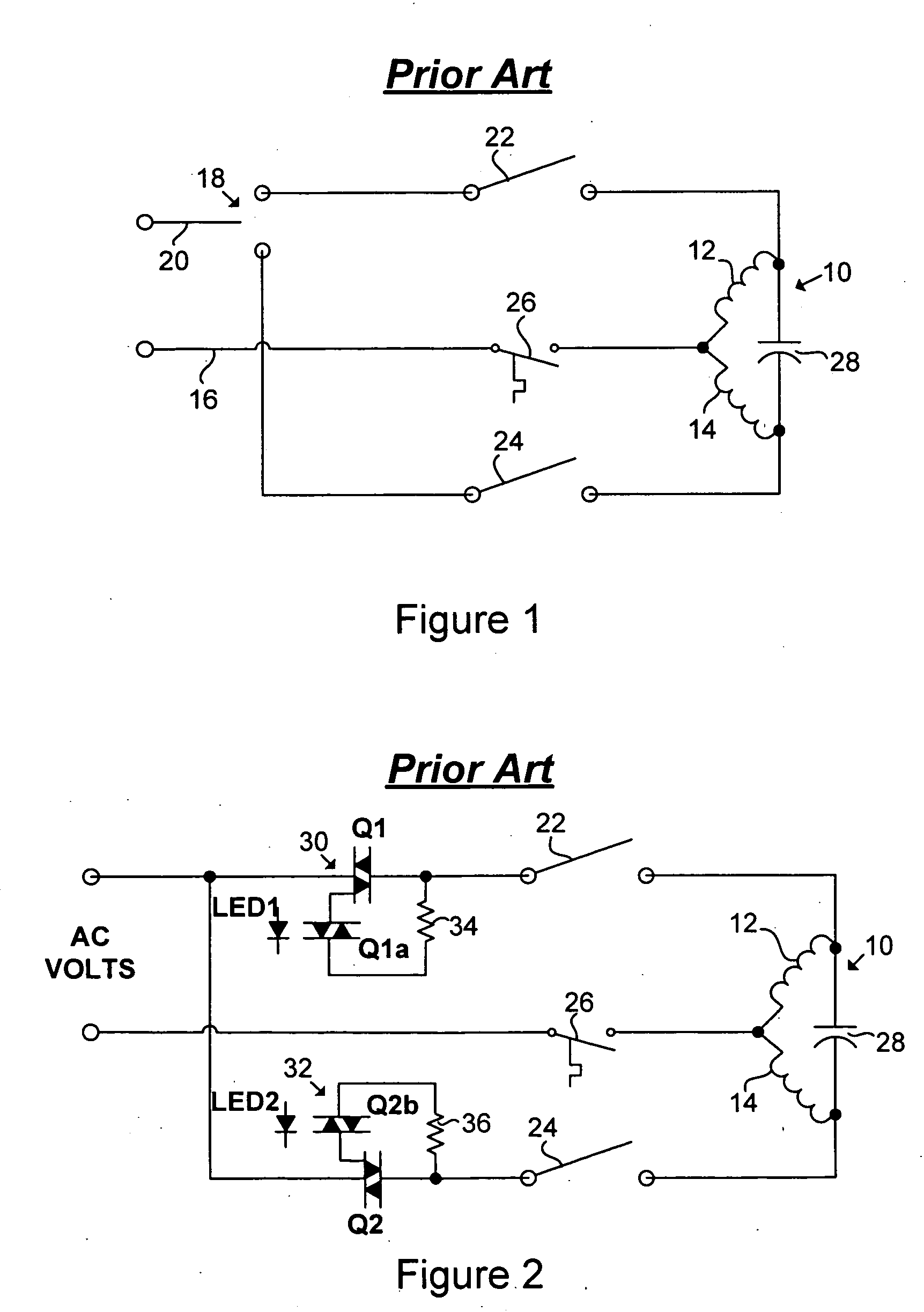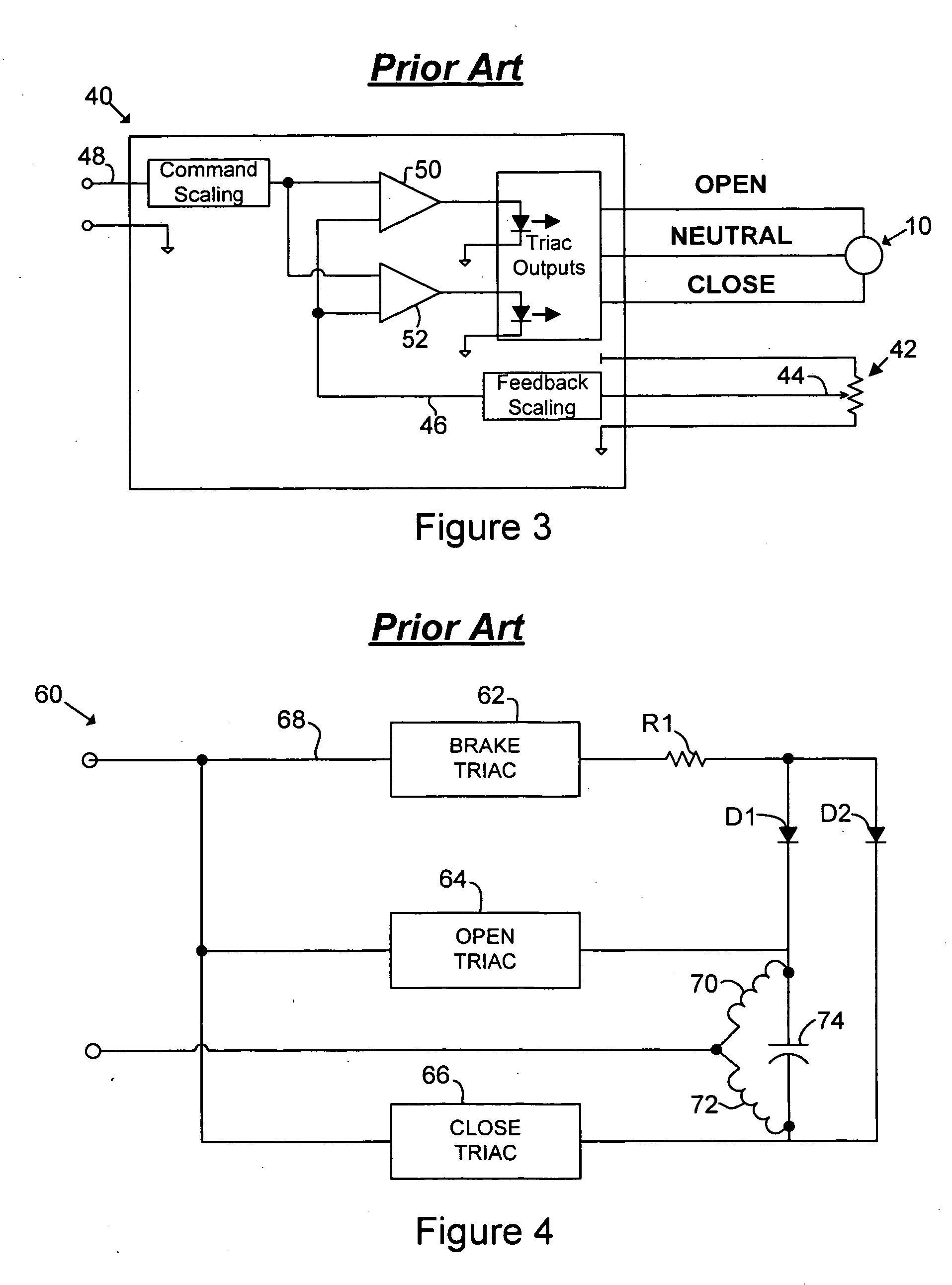Digital high-resolution controller
a controller and high-resolution technology, applied in the field of electronic positioners, can solve the problems of reducing large coasting, requiring long periods of time, and delivering energy quantities more quickly (but with less computational precision), and achieve the effects of high efficiency, dramatic increase of resolution, and low cos
- Summary
- Abstract
- Description
- Claims
- Application Information
AI Technical Summary
Benefits of technology
Problems solved by technology
Method used
Image
Examples
Embodiment Construction
[0056] The following description of the preferred embodiment(s) is merely exemplary in nature and is in no way intended to limit the invention, its application, or uses.
[0057] Kinematic Control of Electronic Positioner
[0058] The digital high-resolution controller effects kinematic control of the electronic positioner and its associated actuator. High accuracy is achieved through a kinematic control algorithm that measures and adapts to actual observed motion of the actuator and mechanical systems coupled to the actuator. A detailed discussion of the new kinematic control system will now be presented.
[0059] Control Algorithm Overview
[0060] Referring to FIG. 10, an overview of the control algorithm will first be presented. FIG. 10 illustrates the control algorithm as a collection of interconnected functional processes. These processes may be carried out by a suitably programmed microprocessor (shown in the circuit diagram of FIG. 11 discussed below.) According to the presently pre...
PUM
 Login to View More
Login to View More Abstract
Description
Claims
Application Information
 Login to View More
Login to View More - R&D
- Intellectual Property
- Life Sciences
- Materials
- Tech Scout
- Unparalleled Data Quality
- Higher Quality Content
- 60% Fewer Hallucinations
Browse by: Latest US Patents, China's latest patents, Technical Efficacy Thesaurus, Application Domain, Technology Topic, Popular Technical Reports.
© 2025 PatSnap. All rights reserved.Legal|Privacy policy|Modern Slavery Act Transparency Statement|Sitemap|About US| Contact US: help@patsnap.com



